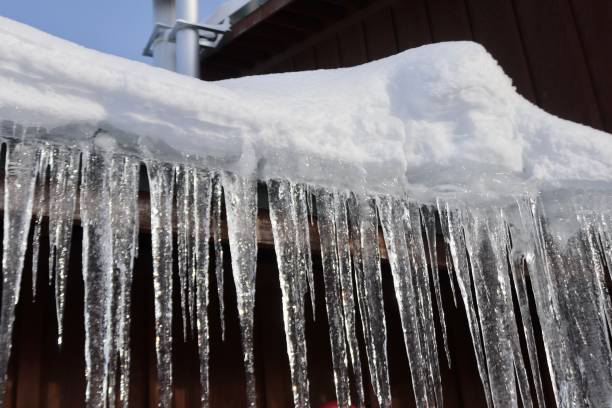Preventing Frozen Pipes: Effective Tips for Cold Weather
Preventing Frozen Pipes: Effective Tips for Cold Weather
Blog Article
How do you actually feel with regards to Prevent Frozen Pipes ?

Winter can ruin your pipes, especially by freezing pipes. Here's how to stop it from taking place and what to do if it does.
Introduction
As temperature levels decline, the danger of frozen pipelines boosts, potentially leading to pricey repair services and water damage. Recognizing exactly how to stop icy pipes is vital for homeowners in cold climates.
Recognizing Frozen Pipelines
What creates pipes to freeze?
Pipes ice up when exposed to temperature levels below 32 ° F (0 ° C) for prolonged durations. As water inside the pipelines ices up, it broadens, putting pressure on the pipeline wall surfaces and potentially triggering them to burst.
Risks and problems
Icy pipelines can result in water system disturbances, residential or commercial property damage, and costly fixings. Burst pipelines can flood homes and trigger extensive structural damage.
Indications of Frozen Water Lines
Identifying frozen pipes early can avoid them from rupturing.
Just how to recognize icy pipelines
Seek lowered water circulation from faucets, unusual smells or sounds from pipelines, and visible frost on exposed pipes.
Avoidance Tips
Shielding prone pipes
Wrap pipelines in insulation sleeves or use warmth tape to secure them from freezing temperatures. Focus on pipelines in unheated or outside areas of the home.
Home heating methods
Keep indoor spaces properly warmed, specifically locations with plumbing. Open up cabinet doors to permit warm air to flow around pipes under sinks.
Shielding Outdoor Pipes
Garden tubes and outside taps
Disconnect and drain pipes garden hose pipes before winter. Install frost-proof spigots or cover outdoor faucets with insulated caps.
What to Do If Your Pipelines Freeze
Immediate actions to take
If you believe frozen pipelines, keep taps open to soothe stress as the ice melts. Utilize a hairdryer or towels taken in hot water to thaw pipelines gradually.
Long-Term Solutions
Structural modifications
Take into consideration rerouting pipes away from outside wall surfaces or unheated locations. Include extra insulation to attics, basements, and crawl spaces.
Updating insulation
Buy top quality insulation for pipes, attics, and walls. Appropriate insulation assists keep consistent temperatures and reduces the risk of frozen pipes.
Conclusion
Preventing frozen pipelines calls for aggressive procedures and quick reactions. By understanding the causes, indicators, and safety nets, house owners can secure their plumbing during winter.
5 Ways to Prevent Frozen Pipes
Drain Outdoor Faucets and Disconnect Hoses
First, close the shut-off valve that controls the flow of water in the pipe to your outdoor faucet. Then, head outside to disconnect and drain your hose and open the outdoor faucet to allow the water to completely drain out of the line. Turn off the faucet when done. Finally, head back to the shut-off valve and drain the remaining water inside the pipe into a bucket or container. Additionally, if you have a home irrigation system, you should consider hiring an expert to clear the system of water each year.
Insulate Pipes
One of the best and most cost-effective methods for preventing frozen water pipes is to wrap your pipes with insulation. This is especially important for areas in your home that aren’t exposed to heat, such as an attic. We suggest using foam sleeves, which can typically be found at your local hardware store.
Keep Heat Running at 65
Your pipes are located inside your walls, and the temperature there is much colder than the rest of the house. To prevent your pipes from freezing, The Insurance Information Institute suggests that you keep your home heated to at least 65 degrees, even when traveling. You may want to invest in smart devices that can keep an eye on the temperature in your home while you’re away.
Leave Water Dripping
Moving water — even a small trickle — can prevent ice from forming inside your pipes. When freezing temps are imminent, start a drip of water from all faucets that serve exposed pipes. Leaving a few faucets running will also help relieve pressure inside the pipes and help prevent a rupture if the water inside freezes.
Open Cupboard Doors
Warm your kitchen and bathroom pipes by opening cupboards and vanities. You should also leave your interior doors ajar to help warm air circulate evenly throughout your home.

We had been shown that editorial on How to Prevent Your Pipes From Freezing from someone on our other web blog. Enjoyed our review? Please share it. Help other people locate it. Thank you so much for taking the time to read it.
Call Today Report this page